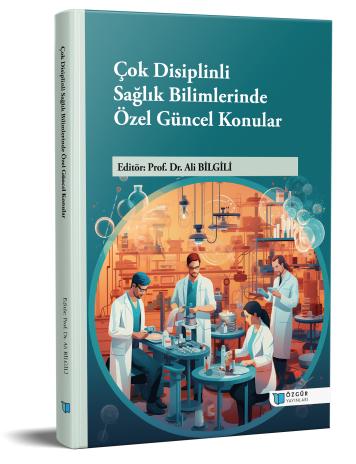
Biomechanical Innovations in Orthodontics: Mini-Implants
Chapter from the book:
Bilgili,
A.
(ed.)
2025.
Special Current Topics in Multidisciplinary Health Sciences.
Synopsis
Anchorage control is essential for achieving predictable and stable outcomes in orthodontic treatment. Limitations of conventional methods have positioned temporary anchorage devices (TADs) as indispensable tools in modern orthodontics. Mini-implants offer advantages such as easy placement, low cost, high success rates, and force delivery independent of patient compliance. Their titanium-based structure and design diversity enhance primary stability, enabling reliable execution of complex tooth movements including anterior retraction, molar distalization, posterior intrusion, and transverse correction. They also provide effective anchorage in orthognathic surgical preparation and extraction cases.
Recent advances including digital planning, CAD/CAM-assisted surgical guides, artificial intelligence-based predictive systems, and nanotechnological surface modifications have further improved the biomechanical performance of mini-implants. However, clinical and ethical limitations remain, particularly regarding long-term stability, radiation exposure, and complication management.
In conclusion, mini-implants are considered a gold standard anchorage option in contemporary orthodontic practice, combining clinical efficiency with biomechanical precision. Future research should focus on reinforcing long-term outcomes, optimizing the integration of nanotechnology and artificial intelligence, and developing new protocols to enhance patient safety.

